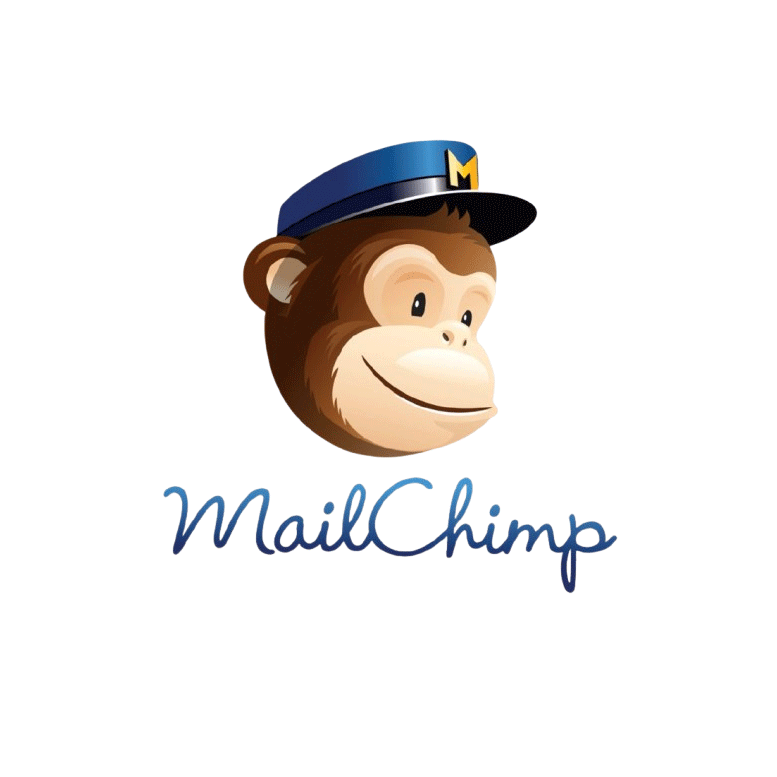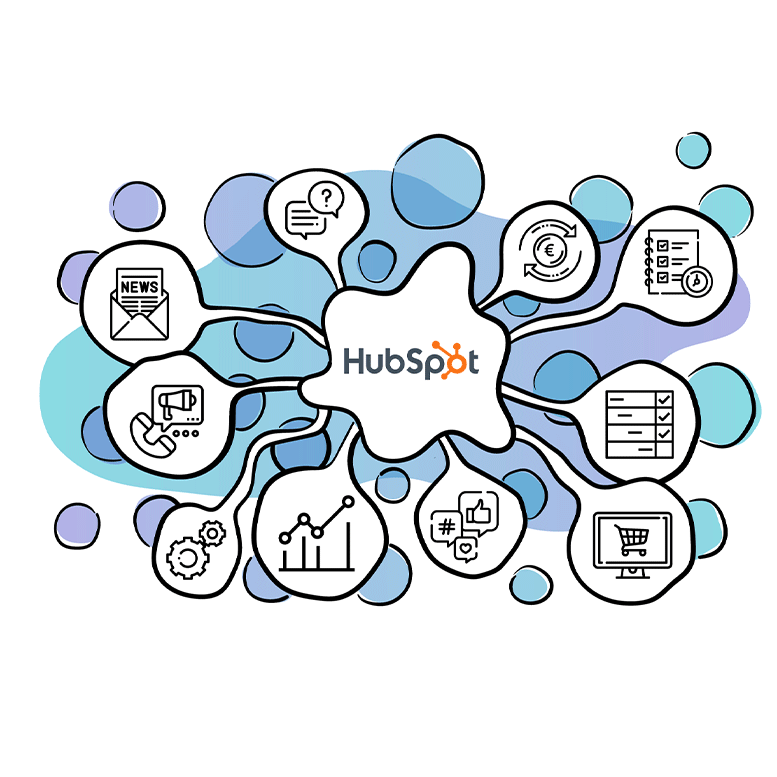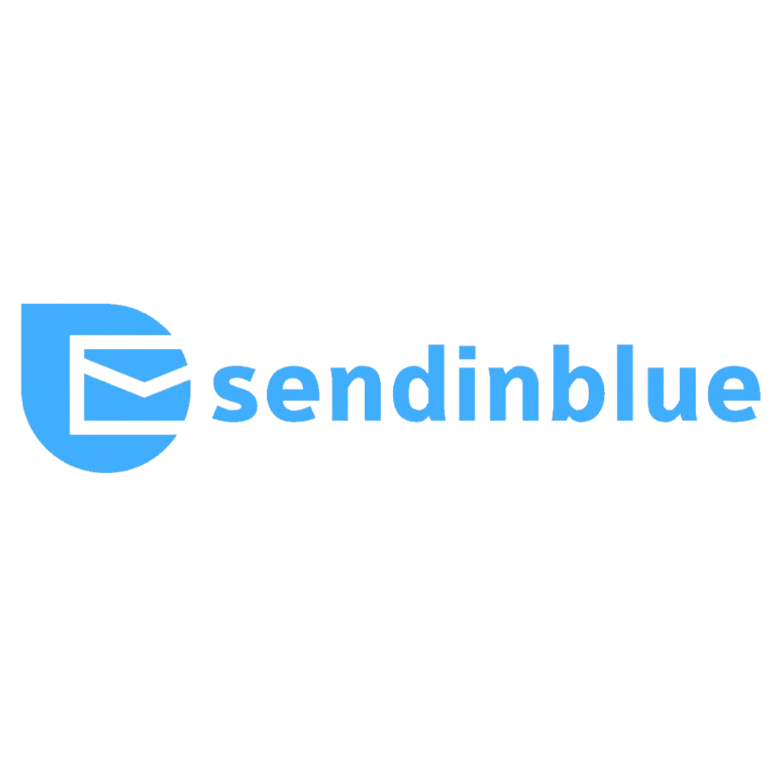Email Marketing Tools

Mailchimp
Mailchimp is a powerful email marketing platform designed for businesses of all sizes. It offers automation, audience segmentation, customizable templates, and analytics to optimize campaigns.

HubSpot
HubSpot Email Marketing is a powerful tool that offers automation, personalization, and analytics to optimize campaigns. It integrates seamlessly with HubSpot CRM, enabling targeted outreach, lead nurturing.

SendinBlue
Sendinblue is an all-in-one marketing platform that offers email marketing, SMS campaigns, marketing automation, and CRM tools. It helps businesses grow through seamless communication.
In today’s digital age, where businesses are constantly vying for consumer attention, email marketing stands out as a powerful and cost-effective tool. It has evolved from a straightforward promotional channel to a sophisticated strategy capable of delivering personalized experiences that drive customer engagement and loyalty. With over 4 billion email users worldwide, the potential to connect with a global audience is enormous. Let’s dive into the world of email marketing and explore how you can leverage its power to grow your business.
The Importance of Email Marketing
Email marketing remains one of the most effective digital marketing strategies for several reasons:
- Cost-Effectiveness: Compared to other marketing channels like social media advertising or pay-per-click campaigns, email marketing offers a significantly lower cost per conversion.
- High ROI: According to research, email marketing delivers an average return on investment (ROI) of $42 for every $1 spent. This makes it one of the most lucrative marketing tactics available.
- Direct Communication: Emails land directly in your audience’s inbox, providing a more personal way to communicate compared to social media posts or advertisements.
- Data-Driven Decisions: Email marketing tools allow businesses to analyze open rates, click-through rates, and conversion rates, enabling them to optimize campaigns effectively.
- Customizable and Scalable: Whether you’re a small startup or a large corporation, email marketing can be tailored to fit your needs and scale as your business grows.
Key Components of a Successful Email Marketing Campaign
Creating a successful email marketing campaign involves more than drafting a message and hitting send. Here are the essential components:
1. Building a Quality Email List
Your email marketing success starts with a high-quality email list. Focus on:
- Permission-Based Marketing: Ensure you’re only emailing individuals who have opted in to receive your messages.
- Segmentation: Divide your list into smaller groups based on demographics, behaviors, or preferences to deliver more relevant content.
- Lead Magnets: Offer incentives like eBooks, discounts, or exclusive content to encourage sign-ups.
2. Crafting Compelling Content
Content is the heart of your email marketing campaign. Keep these tips in mind:
- Personalization: Use the recipient’s name and tailor content to their preferences.
- Engaging Subject Lines: Capture attention with short, compelling subject lines.
- Value-Driven Messages: Focus on providing value to your audience, whether through educational content, special offers, or helpful tips.
- Clear Call-to-Actions (CTAs): Guide your readers on what to do next, such as visiting your website, downloading a resource, or making a purchase.
3. Design and User Experience
A visually appealing and user-friendly design can significantly impact your email’s performance:
- Mobile Optimization: Ensure your emails are responsive and look great on all devices.
- Eye-Catching Visuals: Use high-quality images and graphics to enhance your message.
- Easy Navigation: Keep your layout clean and organized, making it easy for readers to find key information.
4. Automation and Personalization
Leverage automation tools to streamline your campaigns:
- Welcome Emails: Send automated emails to new subscribers to introduce your brand and set expectations.
- Behavioral Triggers: Use automation to send personalized emails based on user actions, such as abandoned cart reminders or post-purchase follow-ups.
- Dynamic Content: Tailor email content dynamically based on user preferences or past interactions.
Best Practices for Email Marketing Success
To maximize the effectiveness of your email marketing efforts, follow these best practices:
- Maintain Consistency: Develop a regular email schedule that aligns with your audience’s preferences and your business goals.
- A/B Testing: Experiment with different subject lines, content formats, and CTAs to determine what resonates best with your audience.
- Optimize for Deliverability: Ensure your emails don’t end up in spam folders by using a reputable email service provider, avoiding spammy language, and maintaining a clean email list.
- Monitor Analytics: Track key metrics like open rates, click-through rates, and conversion rates to evaluate campaign performance and identify areas for improvement.
- Comply with Regulations: Adhere to email marketing laws, such as the General Data Protection Regulation (GDPR) and the CAN-SPAM Act, to protect your brand’s reputation and avoid penalties.
Emerging Trends in Email Marketing
The email marketing landscape is constantly evolving. Here are some trends shaping the future of email marketing:
1. Interactive Emails
Interactive elements like carousels, surveys, and embedded videos are transforming emails from static messages into engaging experiences.
2. AI and Machine Learning
Artificial intelligence is enabling more sophisticated segmentation, personalization, and predictive analytics, helping businesses create smarter campaigns.
3. Hyper-Personalization
Beyond using names, hyper-personalization involves leveraging data to create highly tailored experiences based on user behavior and preferences.
4. Dark Mode Compatibility
With the growing popularity of dark mode, ensuring your emails look great in both light and dark settings is becoming essential.
